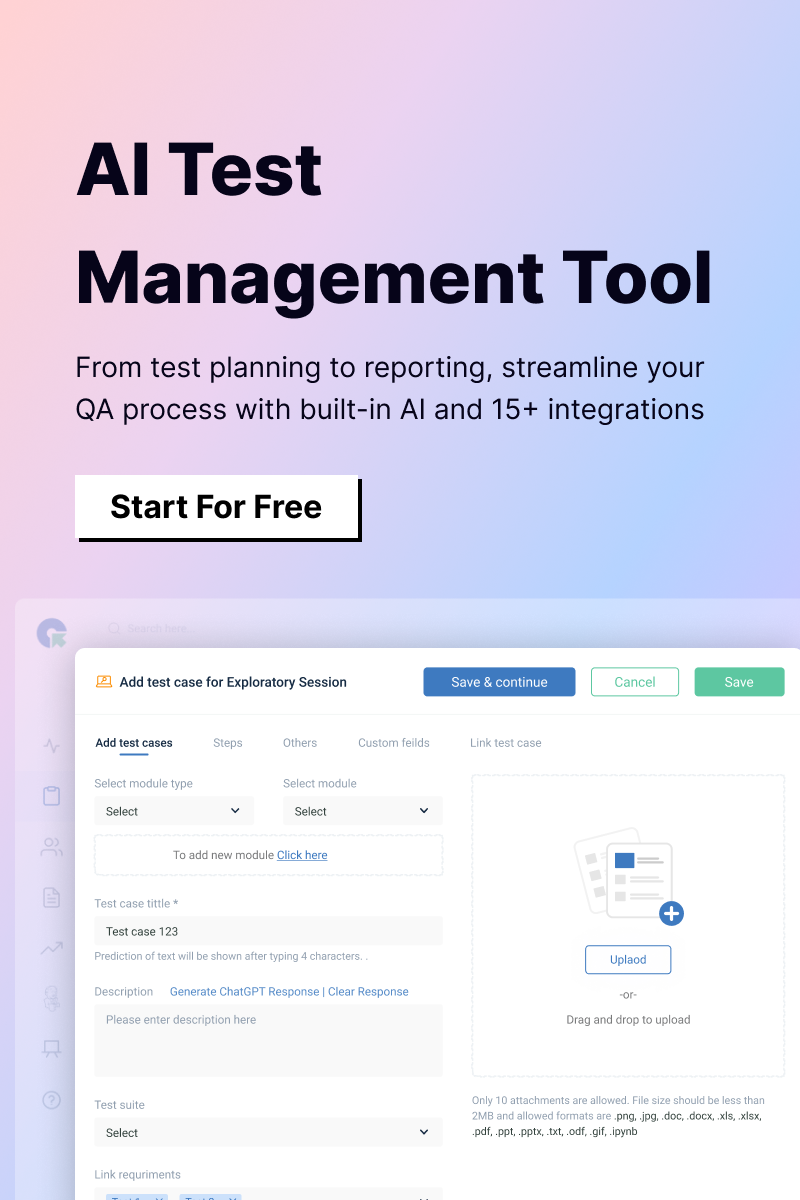A defect in software refers to something incorrect or flawed in the application. It could stem from incorrect code, inaccurate requirements, flawed design, or even issues in test cases that falsely identify problems, leading to defects being introduced to make a flawed test pass.
Example: If a login feature requires a user to input a valid username and password, but the system allows access with an incorrect password, this would be a functional defect.
What is defect triage in software testing?
Defect triage is a process used primarily in larger projects to manage and prioritize reported defects. It involves ensuring the completeness of bug reports, analyzing and assigning bugs to the appropriate owners, adjusting bug severity, and setting priorities based on their impact and criticality. Multiple stakeholders, such as testers, developers, and project managers, join in this process to resolve defects effectively.
Why is defect triage important?
Defect triage is important because it helps to manage bugs effectively, especially when time and resources are limited. The critical bugs requiring minimal effort but having a significant impact are prioritized for resolution. Triage meetings help decide which bugs will be fixed in the current release and which can be postponed. Collaboration among development, QA, and product management teams helps to evaluate bugs based on their severity, impact, and timelines, contributing to a successful release.
What are the roles and responsibilities of defect triage?
- Testing Lead:
- Plans and organizes the bug triage meeting.
- Prepares and shares the bug report with all participants in advance.
- Ensures each defect has a priority and severity set.
- Leads discussions on each defect and facilitates the meeting.
- Development Lead(s):
- Analyzes the technical complexity and root cause of each defect.
- Estimates the effort required to fix bugs and provides a resolution timeline.
- Assigns defects to the appropriate developers and offers clarifications if additional information is needed.
- Project Manager:
- Ensures the triage team has all the necessary details for decision-making.
- Removes blockers that hinder the bug resolution process.
- Acts as a mediator between the testing and development teams.
- Ensures planned defects are resolved as per release timelines.
- Business Analyst:
- Provides insights into the business impact of each defect.
- Helps prioritize defects from a business perspective.
- Scrum Master:
- Assists in assigning bugs based on resource availability.
- Facilitates smooth coordination between team members during the triage process.
- UX Designer (if involved):
- Offers input on defects impacting user experience and interface.
- Testing Manager (optional):
- Evaluates the testing effort required for verifying bug fixes.
- Monitors the effectiveness of the bug triage process.
How does QA Touch help in defect triage?
QA Touch aids in defect triage by providing clear categorization, prioritization, and status tracking. With features such as custom workflows, real-time reports, and collaboration tools, it enables effective communication among team members during defect triage. Its bug tracking system ensures each defect is evaluated for severity and impact, helping teams allocate resources effectively and resolve issues faster.



